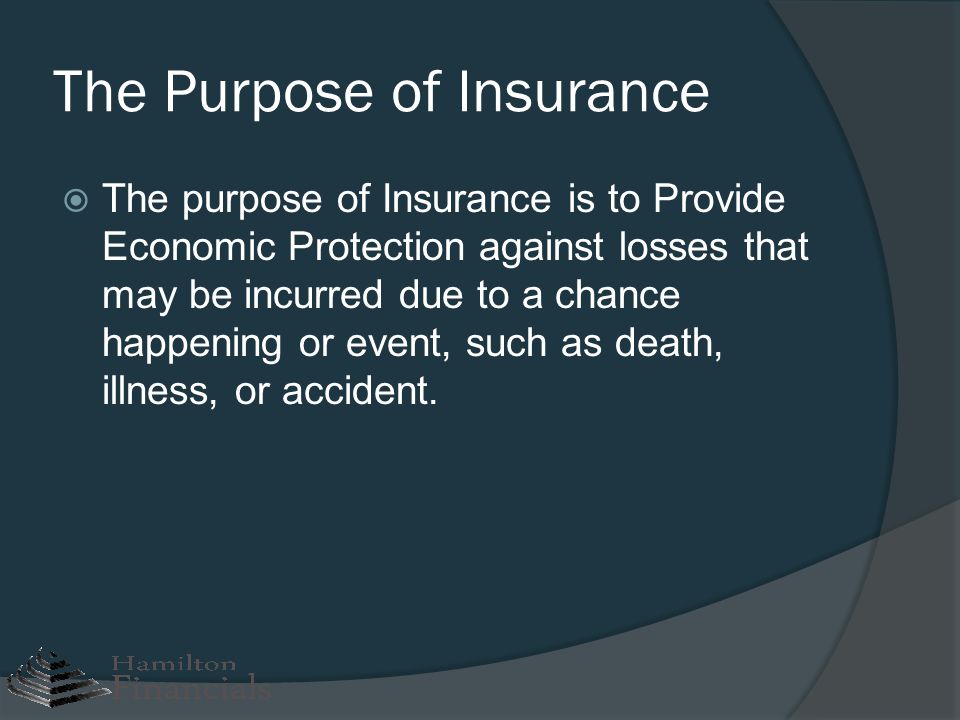Pacific Prime Things To Know Before You Get This
Pacific Prime Things To Know Before You Get This
Blog Article
The Ultimate Guide To Pacific Prime
Table of ContentsGetting My Pacific Prime To WorkThe Ultimate Guide To Pacific PrimeThe Definitive Guide for Pacific PrimeThe Ultimate Guide To Pacific PrimeSee This Report on Pacific Prime

This is since the data were gathered for a period of strong financial performance. Of the approximated 42 million individuals that were without insurance, all yet concerning 420,000 (regarding 1 percent) were under 65 years old, the age at which most Americans end up being qualified for Medicare; 32 million were adults between ages 18 and 65, around 19 percent of all grownups in this age; and 10 million were youngsters under 18 years of age, regarding 13.9 percent of all children (Mills, 2000).
These quotes of the variety of individuals uninsured are created from the yearly March Supplement to the Current Population Survey (CPS), conducted by the Demographics Bureau. Unless otherwise noted, nationwide price quotes of people without medical insurance and proportions of the population with various sort of coverage are based on the CPS, the most extensively used resource of quotes of insurance policy coverage and uninsurance prices.
Some Known Incorrect Statements About Pacific Prime

Still, the CPS is especially useful because it generates annual quotes relatively quickly, reporting the previous year's insurance policy protection estimates each September, and because it is the basis for a regular collection of quotes for even more than two decades, enabling analysis of fads in coverage gradually. For these reasons, as well as the extensive use the CPS in other research studies of insurance coverage that are provided in this report, we rely upon CPS estimates, with constraints kept in mind.

The estimate of the number of without insurance people increases when a population's insurance standing is tracked for a number of years. Over a three-year duration beginning early in 1993, 72 million people, 29 percent of the united state population, lacked protection for at the very least one month. Within a single year (1994 ), 53 million individuals experienced at least a month without insurance coverage (Bennefield, 1998a)
Six out of every ten without insurance adults are themselves used. Functioning does boost the likelihood that one and one's household participants will have insurance policy, it is not an assurance. Also members of families with two full time wage earners have nearly a one-in-ten possibility of being without insurance (9.1 percent uninsured price) (Hoffman and Pohl, 2000).
Little Known Questions About Pacific Prime.
New immigrants make up a considerable percentage of individuals without medical insurance. One analysis has associated a considerable section of the recent growth in the size of the united state without insurance population to immigrants who showed up in the country between 1994 and 1998 (Camarota and Edwards, 2000). Current immigrants (those who came to the United States within the previous 4 years) do have a high price of being without insurance read the full info here (46 percent), but they and their children represent simply 6 percent of those without insurance across the country (Holahan et al., 2001).
The connection between medical insurance and access to care is well established, as documented later on in this phase. Although the relationship between health insurance and health and wellness results is neither straight nor basic, an extensive medical and health and wellness services research literature links health insurance protection to better accessibility to care, far better quality, and boosted individual and populace health and wellness condition.
Levels of analysis for taking a look at the impacts of uninsurance. This conversation of health and wellness insurance coverage concentrates mostly on the U.S. populace under age 65 because essentially all Americans 65 and older have Medicare or other public coverage. It concentrates specifically on those without any health and wellness insurance for any size of time.
The 45-Second Trick For Pacific Prime
The problems encountered by the underinsured are in some aspects comparable to those encountered by the without insurance, although they are typically less extreme. Health insurance coverage, nevertheless, is neither needed neither enough to obtain access to medical services. The independent and straight result of wellness insurance protection on accessibility to health solutions is well developed.
Others will obtain the health and wellness care they require even without medical insurance, by paying for it expense or seeking it from providers that provide care cost-free or at extremely subsidized prices. For still others, wellness insurance alone does not make certain receipt of treatment as a result of other nonfinancial barriers, such as an absence of healthcare carriers in their community, limited accessibility to transportation, illiteracy, or etymological and social distinctions.
Pacific Prime Can Be Fun For Everyone
Formal study concerning uninsured populaces in the USA dates to the late 1920s and early 1930s when the Board on the Cost of Treatment created a series of reports about financing medical professional office gos to and hospital stays. This problem became salient as the numbers of clinically indigent climbed during the Great Depression.
Report this page